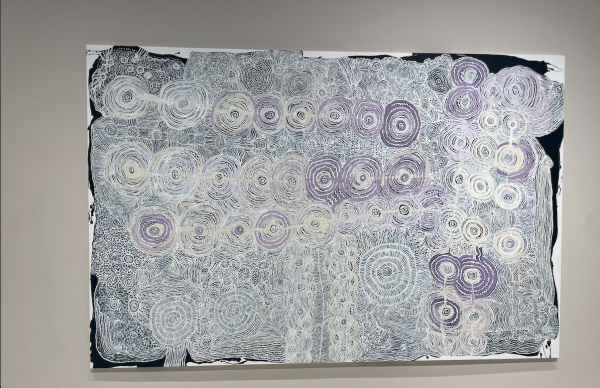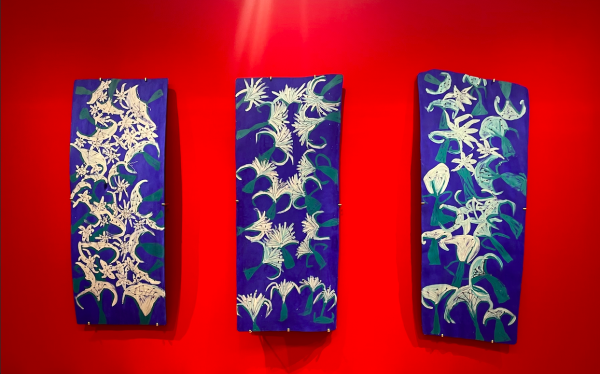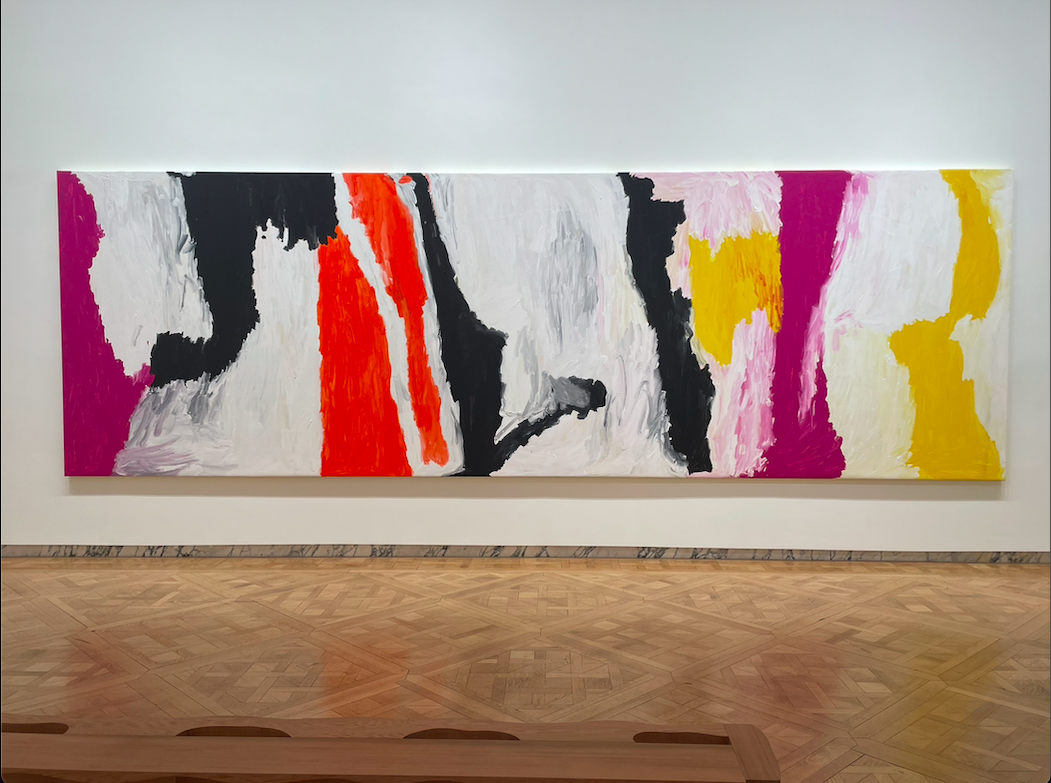The collective art exhibition “Desert + Coast: Seven Elder Aboriginal Painters” displays and challenges women’s contributions to Indigenous art. The paintings depict Aboriginal tradition, narration and community, and represent the details of the land. The gallery showing is currently on display at Salon 94 — right next to the Guggenheim Museum — until Feb. 24.
From the arid desert of Central Australia to the coasts in the northern regions, the exhibition presents paintings by seven Indigenous women from the Pintupi, Pitjantjatjara, Kaiadilt and Yolŋu communities. Each of the paintings represent the women’s respective life stories and experiences they have had in their communities, as well as the common thread that connects them.
The artists and paintings are reflective of the “Country” they live on, a term the exhibit uses to encapsulate the deep-rooted history of the Indigenous people in Australia.
According to Salon 94, “each of the seven women and their communities have been severely impacted by colonization; their globally recognized art practices reflect collective effort to retain and reiterate important cultural knowledges that have been passed down for thousands of years.”

In the collaboration piece by Betty Muffler and her niece Maringka Burton titled “Ngangkari Ngura (Healing Country),” the large painting shows both artists’ perspectives of “Country.” The extremely intricate and delicate lines on the painting depict the movement of waterways and travel paths. The piece also represents local flora and fauna and important sites tied to the land, and the purple references the “twilight-lit hills of the desert” on the Pitjantjatjara land.

“Wärrkarr” by Dhambit Munuŋgurr depicts the Wärrkarr flower that grows around the artist’s native Gunyuŋara. The blooming flowers signal “the beginning of maranydjalk (stingray) hunting season.” The image is painted on stringybark, a medium common in aboriginal bark paintings and reflective of the artist’s environmental connection to the Arnhem land.
In highlighting the natural beauty of their homelands, these works preserve indigenous memory and connection to native grounds, which have long been threatened by settler colonialism and environmental disasters.
Although the exhibition is coming to a close at the end of this week, a few of the paintings will be featured at The Metropolitan Museum of Art in an upcoming showcase in the Michael C. Rockefeller Wing of the museum.
Contact Leila Anderson at [email protected].























































































































































